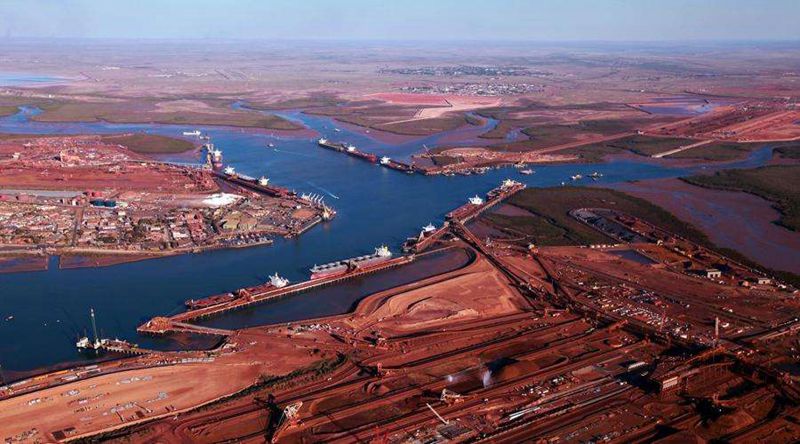Steel is a bellwether for economic growth, and its main raw material, iron ore, has been in the spotlight recently. On August 18, the latest data from S&P global Platts showed that the iron ore spot price index, with a 62 per cent iron grade, reached $127.60 a tonne, up about 36 per cent from early January. The price was also the highest since February 2014.
According to the import and export data of The General Administration of Customs of China, in July 2020, China imported 2.606 million tons of steel, an increase of 728,000 tons over the previous month, an increase of 38.8% month on month. The imported iron ore reached a monthly record of 112,647,000 tons, and 6595,555,000 tons from January to July, up 11.8% year on year.
Vale of Brazil, the world's largest iron ore supplier, lost some production in May due to the outbreak, affecting iron ore supplies, according to a report by S&P Global Platts. Later, Vale said it would maintain guidance for iron ore production of 310m to 330m tonnes this year.
The S&P global Platts report puts vale's final annual production likely at 310 million tons.
"At the end of June, China's port spot was below 110m tonnes, at a low level. There is a structural shortage of iron ore powder, the raw material needed for sintering." Li Ming Chen, an analyst at S&P Global Platts steel. China's port spot maintained between 120 million - 130 million tons.

And for the entry into August, iron ore price rise, the industry is generally believed to be based on the following factors: on the one hand, recent period, the lower steel mill blast furnace operation rate continues to rise, iron ore demand stable increase, and then pushed up the spot price; The second is the strong performance of iron ore futures, the field bullish, supporting the spot price rise; Third, iron ore port inventory decline trend, also bullish iron ore spot prices.
In addition, Wang Guoqing, director of Lange Steel Research Center, believes that the impact of the vale outbreak is an important factor driving up iron ore prices in the first half of this year. Because Vale of Brazil is the world's largest producer of iron ore, it temporarily suspended production at three mines in the first half of this year because of the outbreak, which also led to a sharp drop in iron ore supplies.
China has long been the world's largest importer of iron ore. According to official data, despite the sudden outbreak of COVID-19, domestic crude steel output has only dropped 1.7% in March compared to the same month last year, and the rest of the months have achieved positive growth. According to data from the National Bureau of Statistics, China's crude steel output reached 93.36 million tons in July, up 9.1% year on year and 4.6 percentage points faster than that in June. From January to July, crude steel output totaled 590 million tons, up 2.8% year on year.
Julien, head of content for S&P's Platts Asia Pacific metals team, said Chinese iron ore demand would be an important support for subsequent iron ore prices this year as The country consumes about 60 percent of global iron ore production. According to the past experience, the upcoming September - October, is the traditional steel hot season. S&p said it was optimistic about Chinese steel demand.
However, analysts also pointed to a similar trend in 2019, as iron ore prices hit a five-year high of $126.35 a tonne in early July before falling from that high to about a third. On that basis, therefore, iron ore prices could see similar declines for the rest of the year, especially if steel demand outside China remains weak.

